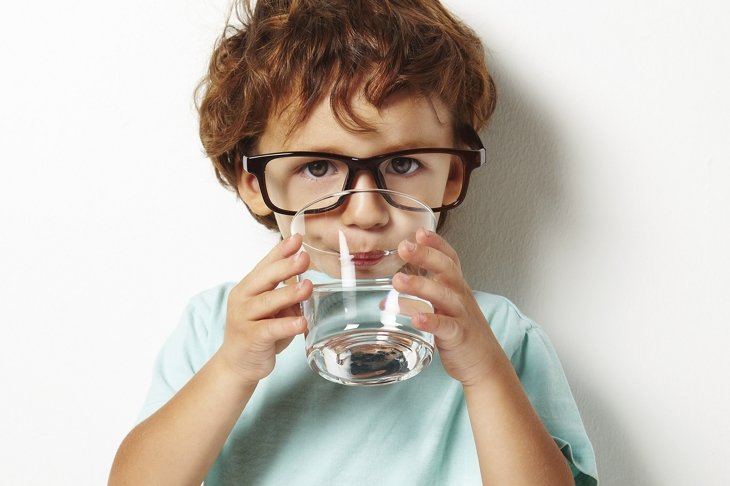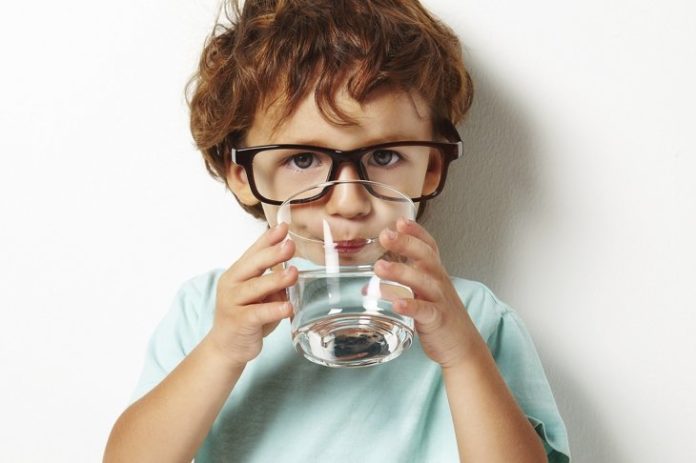
Life without water cannot be. Although Canada is home to 20 percent of the world’s water supply, the freshwater reserves are limited and constantly subject to various threats such as climate change, pollution, and habitat loss.
In March 2017, the city of Kamloops, BC, faced a sudden water shortage due to a power outage at the treatment plant. Residents and businesses were advised to limit water consumption for essential needs only, which prompted extra caution. How much water do essential needs require? Adding hospitals and other facilities with high water use to the mix builds a powerful argument for being mindful of protecting freshwater supplies.
Where does drinking water come from?
Water from rivers, streams, lakes, and man-made reservoirs is treated by removing sediment, biological contaminants, and other compounds, and adding purifiers. At the other end, wastewater collected through sewer pipes is treated before being released into the environment or delivered to industrial consumers.
With an average of 251 litres per capita daily, Canadians are some of the biggest consumers of fresh water in the world.
Although Canada is home to 20 percent of the world’s surface freshwater supply, our vast water-covered surfaces are exposed to many stressors. “We have the myth that our water supply is a pristine abundance,” says Elizabeth Hendriks, vice-president at World Wildlife Fund (WWF) Canada, and freshwater specialist. In a recently released report, WWF Canada assessed the health of our 25 watersheds. Only three of them were found to be in good health.
Our well-being is closely connected to the state of our watersheds. The ecosystems that exist in rivers, streams, and lakes help us monitor their state. They are, in many ways, the canaries in our freshwater supply.
Protecting fresh water
Our watersheds face many threats, most notably climate change, habitat loss, and pollution, according to Hendriks.
Climate change
“Every watershed in Canada is affected by climate change,” Hendriks says. Rising temperatures cause glaciers to retreat at an alarming rate, causing freshwater shortages in some areas.
Storage of snow and ice in the mountains helps reservoirs maintain a steady supply of fresh water, yet warmer temperatures cause early and significant melting, which leads to flooding while also reducing the availability of fresh water.
Studies of Arctic areas, where pollution and climate change occur twice as fast as in the rest of the world, showed that reduced snowfall and ice cover, increased evaporation, and a growing population can put the existing water supply at risk.
Pollution
Water pollution affects wildlife and people. Sometimes the effects are immediately visible: in the case of pipeline or mining spills, for example. Other times, a slow accumulation of pollutants can cause long-term consequences, affecting aquifers, lakes, and rivers for many years after they occur.
“The effects of agricultural runoff, wastewater treatment, mining, pipeline spills, and the mining and gas industry are high or very high in 60 of the 167 watersheds,” explains Hendriks.
Although, overall, the use of chemical pesticides and fertilizers by Canadian households has decreased over the years (four provinces had higher usage), agricultural use has increased, due to a shift toward food crops. Residential and agricultural runoff, just like pollution resulting from mining, gas, and oil operations, translates into chemicals that increase the risk to our drinking water.
Pharmaceutical compounds, personal care products, and endocrine-disrupting chemicals, such as flame retardants, are now found in municipal wastewaters, groundwater, and drinking water. They are only partially removed during conventional treatment. Their presence influences the development of antibiotic-resistant bacteria as well as endocrine disruption in aquatic organisms and people, children especially.
Habitat loss
The effect of agriculture, forestry, and urbanization is significant in the majority of our watersheds, according to Hendriks. As population grows, more ecosystems such as forests and wetlands are converted to farmland and residential development, which increases water usage and pollution, affecting local wildlife and depleting reserves.
The agricultural impact on water sources doubles due to increased irrigation needs. The heightened demand for land irrigation alone will cause the global water demand to increase by a projected 55 percent by 2050, according to the Organization for Economic Co-operation and Development.
Forests are known to purify our air, but they also help filter water and provide soil stability. Logging creates massive soil disturbance, adding debris to soil and water, and causing erosion. That in turn affects watersheds and, ultimately, our drinking water supply. Healthy watersheds with minimally impacted forests and controlled human usage can sustain steady water levels during wet and dry periods.
Although Canadians believe water to be our most precious resource, better conservation practices, starting at an individual level, are necessary, WWF’s Hendriks says. “Shared resources mean shared responsibilities.”
Water facts by the numbers
- 2.4 billion people live without access to improved sanitation.
- 30% of North Americans’ drinking water is flushed down the toilet.
- 1 billion or more people worldwide do not have access to clean water.
- 2 to 3 litres of water daily is the minimum humans need to survive—between 7 and 15 litres for basic hygiene and cooking.
- 70% of the world’s fresh water is used for agriculture.
- 3 percent of the world’s water supply is fresh water, with two-thirds locked in glaciers.
How you can help in protecting freshwater
- Install a water meter and low-flow toilet.
- Fix faucet and toilet leaks.
- Turn off the tap while brushing.
- Take short, low-flow showers.
- Do full laundry loads.
- Buy local, organic food and reduce your meat consumption.
- Choose native plants and forgo lawns.
- Garden without chemicals.
- Use natural cleaning products and cosmetics.
- Compost waste instead of using an in-sink garburator.



